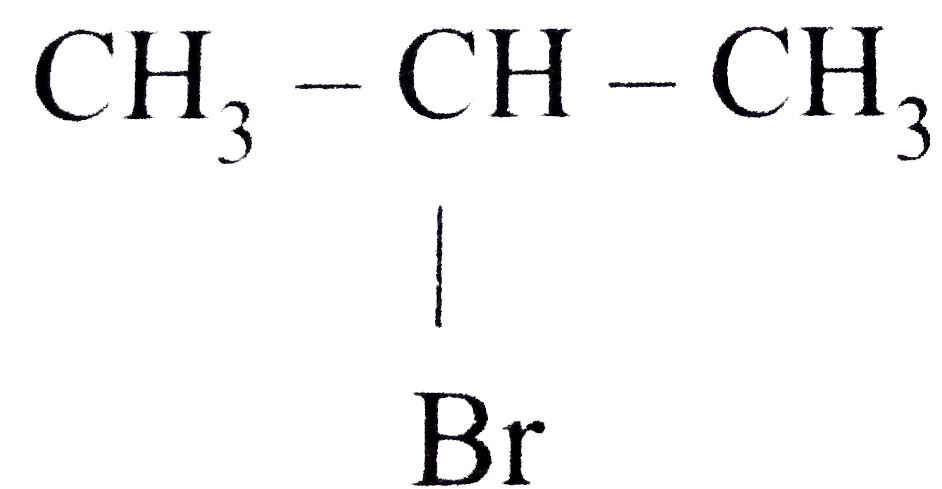What is the relationship between thermal energy and intermolecular interaction energy of a substance in three states in terms of X and Y?
Gas→ Liquid→ Solid
Predominance of X −−−−−−−−−−−→
Predominance of Y←−−−−−−−−−−
X - Thermal energy , Y - Intermolecular interactions
X - Thermal energy , Y - Thermal energy
X - Intermolecular interactions, Y - Thermal energy
X - Intermolecular interactions, Y - Intermolecular interactions
The correct Answer is:C
To solve the question regarding the relationship between thermal energy and intermolecular interaction energy of a substance in three states (gas, liquid, and solid), we can break it down into a series of logical steps.
1. Understanding the States of Matter:
- There are three primary states of matter: gas, liquid, and solid.
- Each state has distinct characteristics regarding molecular arrangement and energy.
2. Identifying Intermolecular Interaction Energy:
- In gases, molecules are far apart and have minimal intermolecular forces. Therefore, the intermolecular interaction energy is low.
- In liquids, molecules are closer together, and intermolecular forces are stronger than in gases, leading to higher intermolecular interaction energy.
- In solids, molecules are tightly packed, and intermolecular forces are at their strongest, resulting in the highest intermolecular interaction energy.
3. Identifying Thermal Energy:
- Thermal energy is associated with the kinetic energy of molecules, which is influenced by temperature.
- In solids, the thermal energy is relatively low because the molecules are fixed in place and can only vibrate.
- In liquids, thermal energy is higher than in solids as molecules can move past each other, allowing for more kinetic energy.
- In gases, thermal energy is at its highest because molecules move freely and rapidly, resulting in high kinetic energy.
4. Establishing Relationships:
- As we move from gas to liquid to solid, the intermolecular interaction energy (X) increases.
- Conversely, as we move from solid to liquid to gas, the thermal energy (Y) increases.
- Therefore, we can conclude:
- X (Intermolecular Interaction Energy) predominates when moving from gas to solid.
- Y (Thermal Energy) predominates when moving from solid to gas.
5. Final Relationships:
- The relationship can be summarized as follows:
- Gas → Liquid → Solid: Predominance of X (Intermolecular Interaction Energy)
- Solid ← Liquid ← Gas: Predominance of Y (Thermal Energy)
Conclusion:
- The answer is that X represents intermolecular interactions, and Y represents thermal energy.
- There are three primary states of matter: gas, liquid, and solid.
- Each state has distinct characteristics regarding molecular arrangement and energy.
- In gases, molecules are far apart and have minimal intermolecular forces. Therefore, the intermolecular interaction energy is low.
- In liquids, molecules are closer together, and intermolecular forces are stronger than in gases, leading to higher intermolecular interaction energy.
- In solids, molecules are tightly packed, and intermolecular forces are at their strongest, resulting in the highest intermolecular interaction energy.
- Thermal energy is associated with the kinetic energy of molecules, which is influenced by temperature.
- In solids, the thermal energy is relatively low because the molecules are fixed in place and can only vibrate.
- In liquids, thermal energy is higher than in solids as molecules can move past each other, allowing for more kinetic energy.
- In gases, thermal energy is at its highest because molecules move freely and rapidly, resulting in high kinetic energy.
- As we move from gas to liquid to solid, the intermolecular interaction energy (X) increases.
- Conversely, as we move from solid to liquid to gas, the thermal energy (Y) increases.
- Therefore, we can conclude:
- X (Intermolecular Interaction Energy) predominates when moving from gas to solid.
- Y (Thermal Energy) predominates when moving from solid to gas.
- The relationship can be summarized as follows:
- Gas → Liquid → Solid: Predominance of X (Intermolecular Interaction Energy)
- Solid ← Liquid ← Gas: Predominance of Y (Thermal Energy)
- The answer is that X represents intermolecular interactions, and Y represents thermal energy.
Topper's Solved these Questions
- BOOK - NCERT FINGERTPS ENGLISHCHAPTER - STATES OF MATTER EXERCISE - HOTS (HIGHER ORDER THINKING SKILLS)10videos
STATES OF MATTER
- BOOK - NCERT FINGERTPS ENGLISHCHAPTER - STATES OF MATTER EXERCISE - NCERT (EXEMPLAR PROBLEMS)11videos
STATES OF MATTER
- BOOK - NCERT FINGERTPS ENGLISHCHAPTER - SOME BASIC CONCEPTS OF CHEMISTRY EXERCISE - NCERT Exemplar11videos
SOME BASIC CONCEPTS OF CHEMISTRY
- BOOK - NCERT FINGERTPS ENGLISHCHAPTER - STRUCTURE OF ATOM EXERCISE - Assertion And Reason15videos
STRUCTURE OF ATOM
Similar Questions
A graph of vapour pressure and temperature for three different liquids X, Y and Z is shown below:

The following inferences are made:
(A) X has higher intermolecular interactions compared to Y.
(B) X has lower intermolecular interactions compared to Y.
(C) Z has lower intermolecular interactions compared to Y.
The correct inference(s) is are :View SolutionIdentify X and Y in the following reactions .
PbSHeat−−−−−→in air(X)
(X)+PbSY−−→Pb+SO2.View Solution
Knowledge Check
- Question 1 - Select One
 Hbr−−→(X)Nal−−−→acetone(Y)(Major), Product (Y) is :Acis-2-buteneBtrans - 2- buteneC1-buteneDIso-butene
Hbr−−→(X)Nal−−−→acetone(Y)(Major), Product (Y) is :Acis-2-buteneBtrans - 2- buteneC1-buteneDIso-butene
C2H5Cl + KCN →X Hydroysis−−−−−→Y, 'X' and 'Y' are:
View SolutionState, true of false :
x<−y⇒−x>yView SolutionSiCl4H2O−−→(X)heat−−→(Y)
In the above reaction (X) and (Y) respectively are :View SolutionIdentify the set of reagents / reaction conditions 'X' and 'Y' in the following set of transformations.
CH3−CH2CH2BrX−−→ProductY−−→
 View Solution
View SolutionIn an exothermic reaction X→Y, the activation energy is 100kJmol−1 of X. The enthalphy of the reaction is −140kJmol−1. The activation energy of the reverse reaction Y→X is
 View Solution
View SolutionIsopropylamine KMnO4−−−−→XH+3O−−→Y
In the above sequence X and Y areView SolutionIn the sequence of the reaction
A−β−−→B−β−−→C−α−−→D, what is the relationship between D and A?View Solution

